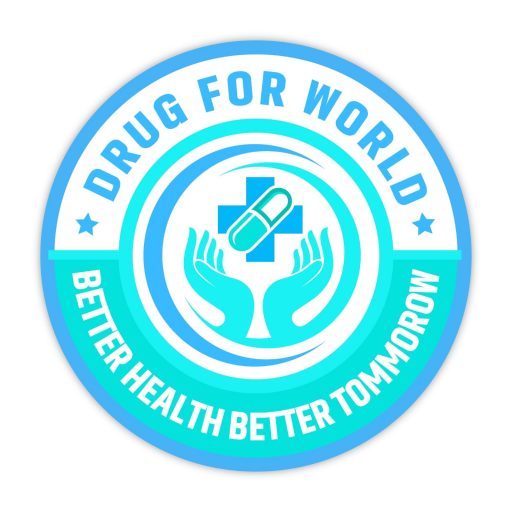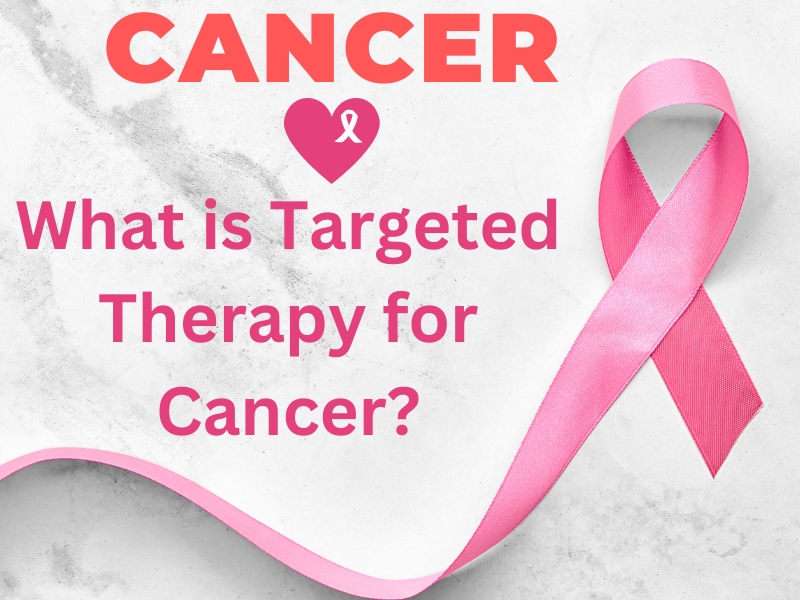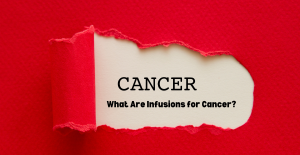What is Targeted Therapy?
Targeted therapy is a form of cancer treatment that focuses specifically on the molecular changes and specific proteins that drive cancer cell growth. Unlike traditional treatments like chemotherapy and radiation, which can affect both cancerous and healthy cells, targeted therapy aims to selectively attack only the cancer cells. This precision-based approach is part of a larger movement toward personalized medicine, which tailors treatment plans to the individual genetic makeup of each patient’s cancer.
How Does Targeted Therapy Work?
Targeted therapies work by identifying and interacting with specific molecules that are involved in cancer growth and progression. This is an explanation of how they operate:
- Blocking Signals: Some targeted therapies block the signals that tell cancer cells to grow and divide uncontrollably. By disrupting these signals, the therapies can help stop or slow down the cancer’s spread.
- Inducing Cell Death: Cancer cells often evade normal cell death processes, which is one reason they grow out of control. Certain targeted therapies restore these processes, causing cancer cells to die.
- Preventing Blood Supply: Tumors often need a robust blood supply to grow. Certain therapies can inhibit the formation of blood cancer that supply tumors, effectively starving the cancer cells of the nutrients they need.
- Enhancing the Immune System: Some targeted therapies work in conjunction with the immune system, making it easier for the body’s natural defenses to recognize and destroy cancer cells.
Types of Targeted Therapy
Targeted therapy comes in several forms, depending on the nature of the cancer and its specific mutations:
- Monoclonal Antibodies: These are lab-made antibodies designed to target specific antigens on the surface of cancer cells. Once they attach to the antigens, they can block cell growth signals or directly mark the cancer cells for destruction by the immune system.
- Small Molecule Drugs: These drugs are small enough to penetrate cancer cells and disrupt the processes within the cells. For example, tyrosine kinase inhibitors (TKIs) are small molecules that target enzymes responsible for cell growth and division.
- Hormone Therapy: Certain cancers, such as breast and prostate cancer, depend on hormones to grow. Hormone therapies block the body’s ability to produce these hormones or interfere with their action on cancer cells.
- Signal Transduction Inhibitors: These drugs interfere with the cellular pathways that cancer cells use to signal growth, helping slow or stop the spread of cancer.
How is Targeted Therapy Administered?
- Targeted therapies can be given in various forms, depending on the drug type and the patient’s treatment plan. These include:
- Oral Tablets or Capsules: Many targeted therapies come in pill form, which can be taken at home.
- (IV) Injections: Some therapies are administered via IV in a healthcare setting.
- Combination Therapy: Often, targeted therapies are used in conjunction with other treatments, such as chemotherapy, immunotherapy, or radiation, to maximize efficacy.
Benefits of Targeted Therapy
- Fewer Side Effects: Since targeted therapies aim to attack only cancer cells, patients often experience fewer side effects compared to traditional treatments.
- Better Precision: Targeted therapies are designed to work on cancer cells specifically, leaving healthy cells largely unaffected.
- Enhanced Effectiveness: In many cases, targeted therapies can improve survival rates and quality of life, especially for patients with cancers that were previously difficult to treat.
Limitations of Targeted Therapy
- While targeted therapy offers a more tailored approach to cancer treatment, it is not without limitations:
- Resistance: Over time, cancer cells can develop resistance to targeted drugs, making them less effective.
- Specificity: Targeted therapy only works if the cancer has the specific mutation or protein that the drug targets. This means it’s not an option for all cancer types.
- Cost: Targeted therapies can be expensive, which may be a barrier for some patients.
Side Effects of Targeted Therapy
Although generally less severe than those of traditional therapies, targeted therapies can still cause side effects, which may include:
– Fatigue
– Skin changes (rashes or dryness)
– High blood pressure
– Diarrhea
– Liver problems
It’s crucial for patients to discuss potential side effects with their healthcare provider to understand the risks and how to manage them.
Is Targeted Therapy Effective?
The effectiveness of targeted therapy depends on the type of cancer, its stage, and the specific characteristics of the tumor. For cancers like breast cancer, lung cancer, and certain forms of leukemia, targeted therapies have shown promising results. However, it’s essential to note that not all patients will benefit equally, and targeted therapy is often more effective when combined with other treatments.
FAQs About Targeted Therapy for Cancer
Q1: Is targeted therapy a cure for cancer?
A: Targeted therapy is not necessarily a cure, but it can be highly effective in slowing down cancer growth and, in some cases, shrinking tumors. It is often part of a broader treatment plan that includes other therapies.
Q2: Who is eligible for targeted therapy?
A: Eligibility for targeted therapy depends on the type and stage of cancer, as well as specific genetic markers present in the tumor. Genetic testing is often required to determine if a patient’s cancer has the right targets for these therapies.
Q3: How long does targeted therapy treatment last?
A: Treatment duration varies widely depending on the individual case, the type of cancer, and the patient’s response. Some people may need ongoing treatment, while others might complete a course over several months.
Q4: Can targeted therapy be combined with other treatments?
A: Yes, targeted therapy is often used in combination with other treatments such as chemotherapy, radiation, or immunotherapy to enhance overall effectiveness.
Q5: What are the costs associated with targeted therapy?
A: Targeted therapy can be costly, though insurance may cover some or all expenses. It’s important to discuss costs and coverage options with healthcare providers and insurance companies before starting treatment.
Q6: How can I know if targeted therapy is working?
A: Regular check-ups and imaging tests are essential for assessing the effectiveness of targeted therapy. Healthcare providers will monitor tumor size and progression to determine if the treatment is achieving the desired results.
Q7: What happens if the cancer develops resistance to targeted therapy?
A: If resistance develops, doctors may switch to a different type of targeted therapy, add other treatments, or use a combination approach to try to overcome resistance.
Final Thoughts
Targeted therapy represents a significant step forward in cancer treatment, offering a more focused and often less toxic alternative to traditional therapies. While it is not suitable for all types of cancer or patients, its ability to address specific molecular changes in cancer cells makes it a powerful option for many. As research advances, targeted therapy continues to evolve, bringing hope to patients and families in the fight against cancer.
If you or a loved one is considering targeted therapy, consult with a cancer specialist to discuss its potential benefits, risks, and whether it may be the right option for your treatment plan.
By staying informed and actively engaging with healthcare providers, patients can make empowered decisions about their cancer care journey.




